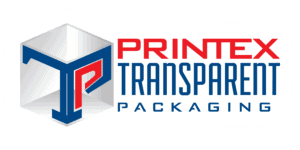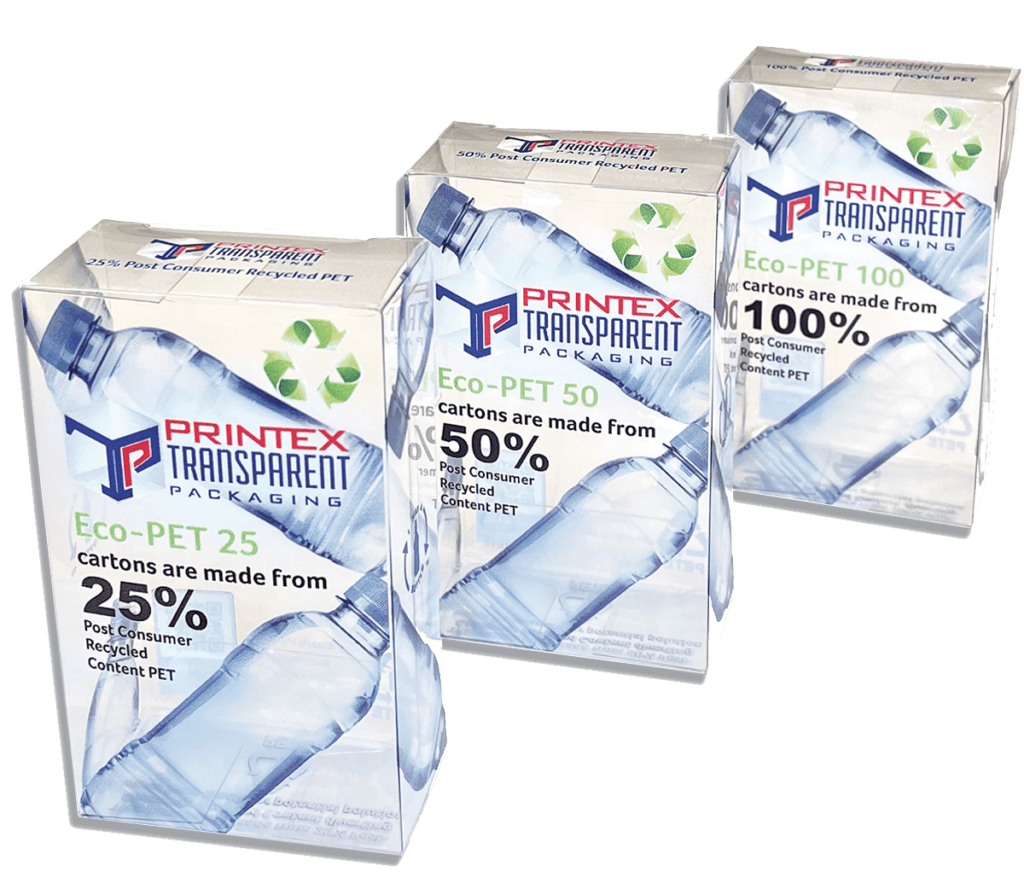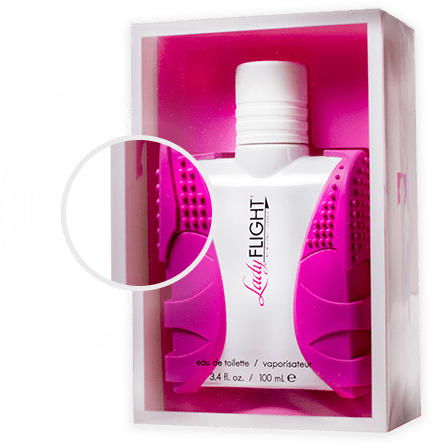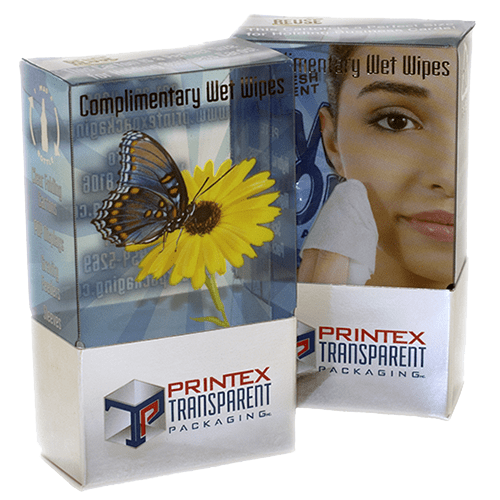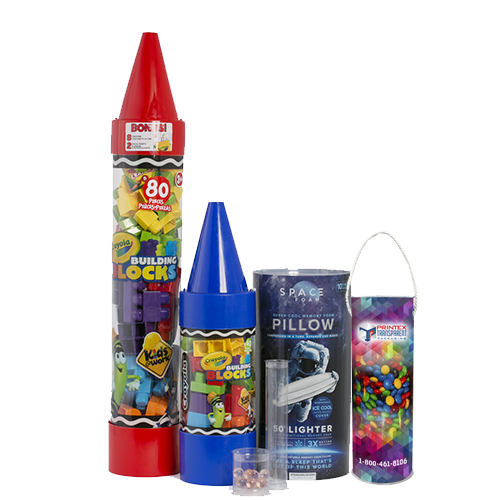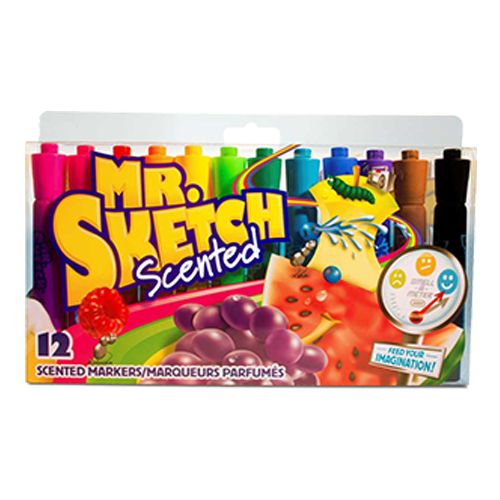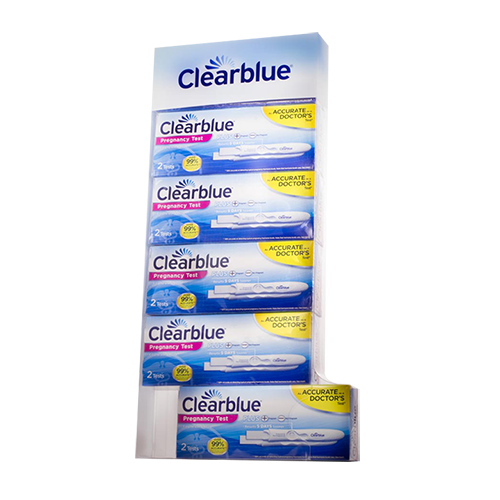Why Paper Isn’t the Solution to Plastic Waste
Switching to paper packaging isn’t the answer to plastic waste. Waste reduction and minimizing excess packaging is a good thing, but don’t naïvely switch from plastic to paper packaging because you think it must be more eco-friendly… it isn’t necessarily so!
Replacing plastic packaging with “sustainable or biodegradable” options like paper, cotton or bioplastic would do 3-4x more harm to the planet (more CO2, more warming, more chemicals, energy, and water used)*(Chris DeArmitt, Ph.D. FRSC CCHEM)
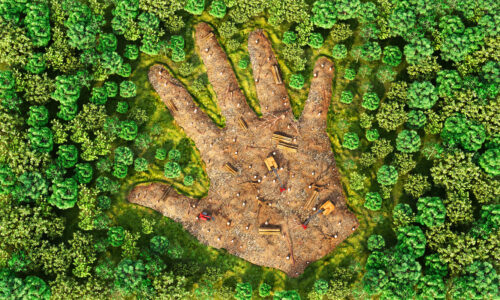
7 Considerations When Deciding to Switch to Paper Packaging
Here are 7 things we should consider when deciding why switching to paper packaging can’t be the answer to plastic waste:
1) Deforestation
Deforestation is one of the major environmental impacts of the paper packaging industry. The production of paper requires a significant amount of wood fiber, and as demand for paper packaging increases, the industry may source wood from forests, including old-growth forests, to meet this demand. The logging of forests can lead to habitat destruction, loss of biodiversity, and the release of carbon into the atmosphere, contributing to climate change.
To mitigate the negative effects of deforestation, sustainable forestry practices can be implemented, such as selective logging, reforestation, and forest certification programs. When utilized, these practices can help reduce the environmental impact inherently caused by logging and paper production. Additionally, the use of alternative materials such as recycled paper and plastics can reduce the demand for virgin wood fiber and help protect forests from deforestation. Finally, reducing overall paper consumption and promoting circular economy models can help to reduce the demand for paper packaging and protect forests from deforestation.
The goal of reducing single-use packaging is laudable, but environmentalists are growing increasingly concerned about the amount of paper packaging being used in its place of plastic.
“We absolutely need to shift away from using plastics as much as we do, but trading in plastic pollution for deforestation and forest degradation is not the answer,” Canopy founder and executive director Nicole Rycroft told CTV News. “We really need to make sure we do not create another environmental disaster.”
2) A Substantial Amount of Water is Used to Make Paper
According to a report by Springer, the production of paper requires a significant amount of water, with some unit operations in the technological line requiring water consumption amounts ranging from 200 to 400 m3 t^-1 of paper. The University of Minnesota estimates that the US benchmark for water use within pulp and paper mills is approximately 17,000 gallons/ton of paper, with one of the most efficient kraft pulp and paper mills only using 4,500 gallons/ton.
Therefore, it is clear that the production of paper for packaging requires a substantial amount of water. As consumers, it is important to consider the environmental impact of our choices and look for sustainable packaging alternatives that minimize water usage and other negative impacts on the environment.
3) The Effects on Old-Growth Forests
The increase in demand for paper packaging can have negative effects on old-growth forests. The pulp and paper industry accounts for 13-15% of total wood consumption and uses between 33-40% of all industrial wood traded globally. As the demand for paper packaging increases, the industry may source wood from old-growth forests, which are ecosystems with unique biodiversity and carbon storage capacity. The logging of old-growth forests can lead to habitat destruction, loss of biodiversity, and the release of carbon into the atmosphere.
To mitigate the negative effects of paper packaging on old-growth forests, sustainable forestry practices and the use of alternative materials such as recycled paper and bioplastics can be implemented. Additionally, reducing overall paper consumption and promoting circular economy models can help to reduce the demand for virgin wood fiber and protect old-growth forests.
4) Some Paper Products Have Zero-Recycling Value and Become Landfill Garbage
Some paper products have a zero-recycling value, which means that they cannot be recycled and end up in landfill garbage. This is because these paper products are either contaminated with other materials, such as food or plastic, or they are made from low-quality paper fibers that cannot be recycled. For example, paper towels, tissues, and napkins are often made from lower-quality paper fibers that are too short to be recycled, and they are also frequently contaminated with food waste or other contaminants that make them unsuitable for recycling.
When these paper products are thrown away in the trash, they end up in landfills where they take up space and contribute to greenhouse gas emissions as they decompose. Additionally, as these paper products decompose, they release methane, a potent greenhouse gas that contributes to climate change.
To reduce the amount of paper products that end up in landfill garbage, it is important to properly dispose of them in the trash and not in recycling bins. It is also important to reduce overall paper consumption and choose paper products that are made from recycled fibers and can be recycled after use.
The book Rubbish! states that paper, cardboard, and rubble account for 50% of all solids in a landfill. This means that plastics are only 10% of the solids in a landfill. This could be reduced further if people and municipalities improved their recycling efficiency.
5) Are Plastics the Cause of Our Waste Problem?
Should we replace plastics because they create a waste problem? No. Plastics are less than 0.5% of all waste and they are proven to reduce overall waste creation including waste going to landfill. Replacing plastics means creating 3-4x pounds of waste for every pound of plastic replaced.
There are arguments both for and against replacing plastics due to the waste problem they create. On one hand, plastic waste is a significant environmental issue, with only 10% of plastic produced globally being recycled. This has led to pollution of land and water, with plastic waste harming wildlife and ecosystems. On the other hand, plastic is a versatile and useful material that is difficult to replace in many applications, such as food packaging, where it is necessary to prevent food waste. Furthermore, some argue that plastic can be recycled and reused and that a system based on reuse could create new sources of value.
Ultimately, the decision to replace plastics requires a fundamental change in thinking about how plastics are made, used, and discarded. Alternatives to plastic, such as biodegradable materials, may be more environmentally friendly, but they also have limitations and trade-offs. Therefore, it is important to consider the full lifecycle of materials and their environmental impact when making decisions about their use and disposal.
6) Global CO2 Emissions
Plastics is one of the materials with the smallest carbon footprint creating 0.5% of the global CO2 emission.
- CO2 from plastics 0.23 GTons/year
- CO2 from paper 0.55 GTons/year
“It should be clear that anyone genuinely concerned about carbon dioxide and warming would not be targeting plastics as the prime cause. based on the data, anyone who was genuinely worried about carbon dioxide should be 2x more concerned about paper.” https://phantomplastics.com/carbon-dioxide-created-and-saved-by-using-plastics/
7) Lower Transportation Costs and Fewer CO2 Emissions Due to Transportation
PET plastic weighs considerably less than paperboard packaging, only 2% in comparison. 1000 kg of paperboard packaging compared to 20 kg of plastic packaging. PET has a clear advantage, due to its incredibly low weight-to-strength ratio with higher volume transport this has a huge positive bearing on fuel consumption, and ultimately—CO2 emissions.
Paper alone cannot be the complete solution to plastic waste in the packaging industry. While paper may seem like a more sustainable alternative to plastic, paper packaging may not be as durable or effective as plastic in protecting products during transportation and storage, which could lead to increased product waste and potentially negate any environmental benefits of using paper.
Therefore, it is important to consider a range of sustainable packaging options such as post-consumer recycled plastics, compostable materials, and reusable containers. It is also crucial to recycle and properly dispose of packaging to minimize waste and promote a circular economy. Ultimately, a combination of different sustainable packaging solutions may be necessary to address the complex issue of plastic waste in the packaging industry.
In Conclusion
There is a misguided perception that plastics are adding to climate change. Nothing could be further from the truth! Producing ANY material uses energy and water, so not producing any materials would have the greatest impact on CO2 emissions and climate change. If you are going to produce anything though, then plastic is the best choice for fighting climate change!
Wendy’s has set near-term science-based targets to reduce Scope 1, 2, and 3 greenhouse gas emissions based on the Science Based Targets initiative (SBTi). Their goal is to cut absolute Scope 1 and 2 emissions and Scope 3 emissions intensity by 47% by 2030. Scope 3 targets, focus on addressing indirect emissions from purchased goods in their supply chain and downstream emissions in their franchised restaurants.
“Purchased goods, such as food and packaging, represent the lion’s share of our Scope 3 emissions at nearly 85%, with beef, chicken, dairy and pork the most significant contributors.” https://www.wendys.com/blog/wendys-reduce-greenhouse-gas-emissions-47
That means that out of Wendy’s 47% goal to reduce emissions, only 15% of that has to do with packaging. So, the way the numbers are grouped and presented is deceiving to the public. Is this an example of a false narrative? The paper packaging is not having the positive effect that you think. Also missing from their reports are details on whether the paper products are contaminated with other materials, such as food that deem them as “zero-recycle value”, ending up in landfills.
In summary, plastics are the lowest CO2 materials to produce and process and can easily be recycled -when factoring in food contamination (& when designed correctly). Recycling plastics (instead of littering them) keeps them out of our rivers and oceans. It’s very scary how anti-plastic organizations have brainwashed the public into believing something that just isn’t true. What’s more frightening is how many anti-plastic companies have emerged to capitalize on the false narrative – instead of educating the public on what is or isn’t the greenest solution, based on facts instead of emotive scare stories.
Don’t blame plastics! Recycle and reuse them!

